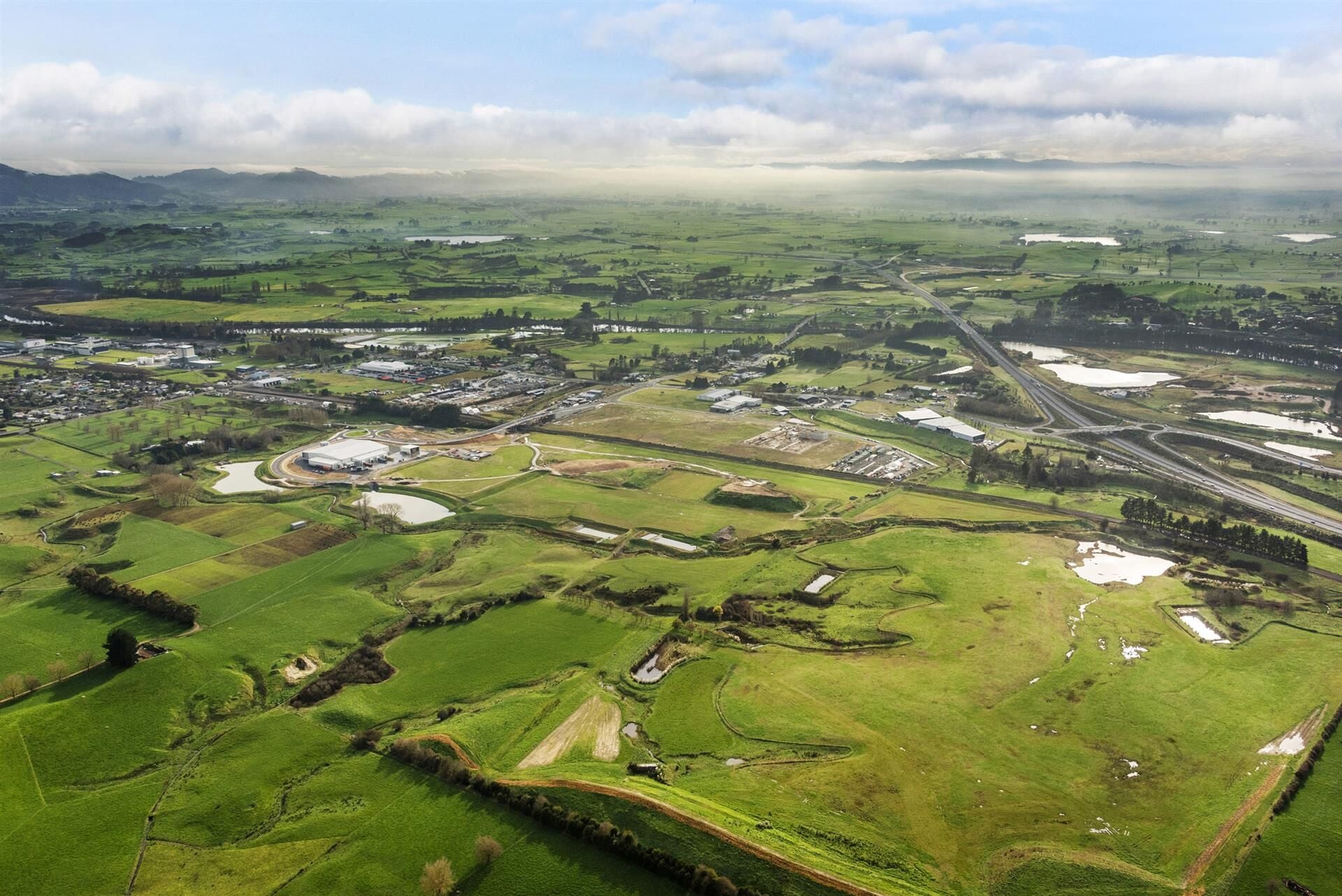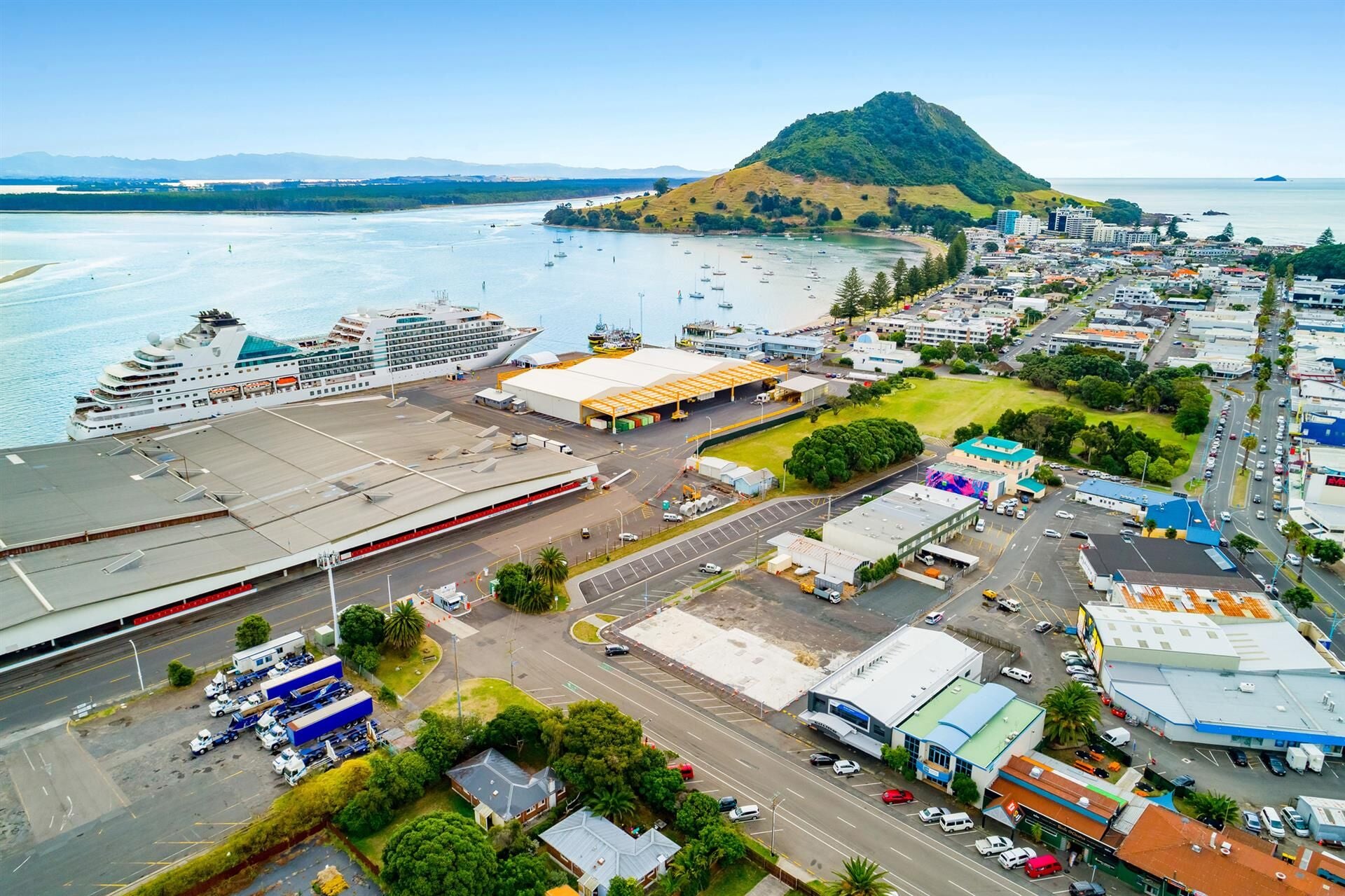Bayleys launches infrastructure report series with a look at golden triangle dynamics

Bayleys, have collaborated to produce the first in a series of reports looking at the impact that infrastructural development across the country is having on the commercial and industrial property market.
Bayleys Infrastructure Series will focus on initiatives being rolled out at a national and local level through New Zealand and analyse how this significant infrastructural investment will influence and help shape surrounding commercial real estate.
The series of reports is being spearheaded by Ryan Johnson, Bayleys director commercial and industrial, and Ian Little, director of Bayleys Research. They’re supported by divisional heads across the 16 service arms of Bayleys and the reports will, in time, address all asset classes across all sectors.
Johnson says New Zealand’s economic growth trajectory, low unemployment rate, historically-low interest rate environment and active development sector are all contributing to change across the property sectors, but infrastructure projects are also playing a core role.
“While in many parts of the country there’s an infrastructural catch-up game underway, in other cases, infrastructure programmes are leading the way and determining new growth areas,” he explains.
“This is particularly true for the industrial market where burgeoning logistics and supply chain operations, a thriving primary sector and e-commerce trends are driving property expansion into former greenfield sites, once largely-rural areas such as Drury, south of Auckland, and into the regions.”
He says large-scale infrastructure projects throughout the country will have a significant impact on the built-environment, help improve productivity and have the potential to redefine towns and cities.
The first report in the Bayleys Research Infrastructure Series looks at New Zealand’s economic “golden triangle’ which encompasses the Auckland, Waikato and Bay of Plenty regions and profiles industrial property market fundamentals within that area.
The triangle houses the majority of the nation’s population, generates the majority of New Zealand’s gross domestic product and is in scale-up mode.
“Recent years have seen high levels of business expansion and job creation within the zone and this has in turn fuelled demand for workspace and driven a surge in development activity,” says Johnson.
“Demand for industrial property within the golden triangle is underpinned by the country’s two busiest sea ports –Tauranga and Auckland – and the largest international gateway to New Zealand, Auckland International Airport.
“Unprecedented growth in this evolving zone means that much of the national infrastructure spend is being directed the golden triangle’s way reflecting the pivotal role it plays in New Zealand’s economy.”
Ian Little says New Zealand Transport Agency (NZTA) figures show that 56 percent of national freight movements pass through the upper North Island, while approximately 35 percent of the country’s total exports transit through Tauranga’s port.
“Given these fundamentals it is not surprising that, of the $129 billion earmarked for infrastructure projects over the next 10 years, 77 percent, approximately $100 billion, is to be spent on projects within the golden triangle, with $55 billion of the expenditure to be on roading and land transport projects,” says Little.
Major projects include the $2 billion Waikato Expressway which has an anticipated completion date of 2020, and the $268 million Southern Corridor Improvements Project covering the stretch of Southern Motorway (SH1) from the SH20/ SH1 connection at Manukau down to Papakura in the south.
These initiatives have been preceded by the Western Ring Route which provides an alternative motorway route from north of the Auckland region to the south and better connecting new industrial precincts in the north/ northwest of the region with Auckland’s international airport and the established south Auckland industrial precincts.
The most significant project in the Bay of Plenty region is the $102 million Baypark to Bayfair Link Upgrade which will see two flyovers built on SH2 by 2020 to improve the route to the port of Tauranga and connect to the Tauranga Eastern Link, completing what is known as the ‘Eastern Corridor’ for the Bay of Plenty
Scott Campbell, Bayleys' national director industrial and logistics, says despite a sharp uplift in development activity in the industrial property sector within golden triangle parameters, heightened demand has run ahead of new supply.
“Bayleys Research vacancy surveys show that the combined vacancy rate across the three cities was just 1.8 percent – at historic lows – with marked decreases noted across each city,” says Campbell.
“The development sector has responded to a call for space and we’ve seen construction activity ramping up over the last two years.
“However, a shortage of development land has been a handbrake in the Auckland market and the rising cost of land has forced development outwards to the fringes.”
Campbell says the newly-launched Waikato Freight Hub in Horotiu and the planned Ruakura inland port out of Hamilton will address some of that region’s shortfall however, it will take some time for property to fully come on-stream.
“These new hubs offer intermodal transport links via road and rail which will bring logistical and supply chain benefits, a lowering of freight costs and, through the better utilisation of rail, a reduction in carbon emissions.”
The first report in Bayleys Research Infrastructure Series has a comprehensive breakdown of leasing and investment trends in the golden triangle area along with a detailed look at planned infrastructural works for this significant zone.

